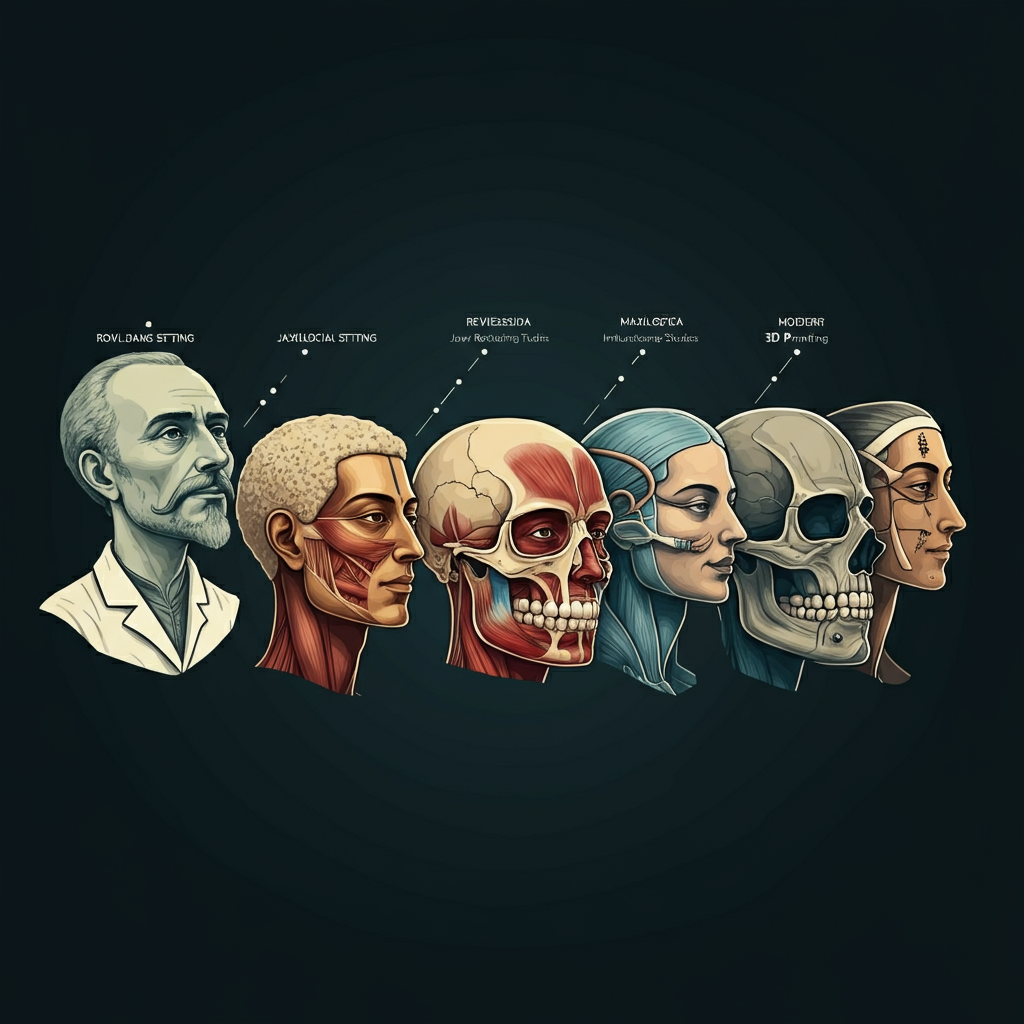The alignment of our jaw is fundamental to many of our most basic functions, including chewing, speaking, and even breathing. When the upper and lower jaws do not meet correctly, it can lead to a host of functional problems and aesthetic concerns. For individuals facing these challenges, orthognathic surgery, also known as corrective jaw surgery, offers a powerful and transformative solution (American Association of Oral and Maxillofacial Surgeons).
This complex procedure goes beyond cosmetic enhancement, aiming to restore proper function and create a more balanced facial structure. By realigning the jaw, orthognathic surgery can dramatically improve a person’s quality of life, alleviating pain, correcting bite issues, and boosting self-confidence. This article will explore what orthognathic surgery entails, the conditions it addresses, and the life-changing benefits it provides.
What is Orthognathic Surgery?
Orthognathic surgery is a specialized procedure performed to correct irregularities of the jaw bones. The primary goal is to move the jaws into a new position that is more balanced, functional, and healthy. This surgery is typically performed by a Maxillofacial Surgeon, a specialist with extensive training in both medicine and dentistry, giving them a unique understanding of facial anatomy and dental occlusion (the way teeth meet) (Stanford Health Care).
The process is a collaborative effort, often involving an orthodontist who works to straighten the teeth with braces before and after the surgery. Pre-surgical orthodontics align the teeth within each arch, setting the stage for the surgeon to correctly position the jaws. After the jaw has been surgically repositioned and has healed, the orthodontist fine-tunes the bite. This combined approach ensures that the teeth and jaws work together in harmony (Colgate).
Conditions Treated with Orthognathic Surgery
A wide range of dentofacial (teeth and jaw) and skeletal deformities can be addressed with corrective jaw surgery. A comprehensive evaluation by a surgeon is necessary to determine if it is the right solution. Common conditions that may require orthognathic surgery include:
- Difficulty Chewing, Biting, or Swallowing: A misaligned bite can make it difficult to process food efficiently, sometimes leading to digestive issues or a limited diet (Mayo Clinic).
- Chronic Jaw or TMJ Pain: An improper bite can place significant stress on the temporomandibular joints (TMJ), the joints that connect your jaw to your skull. This can result in chronic pain, headaches, and joint dysfunction. According to the American Association of Oral and Maxillofacial Surgeons, correcting the alignment can often relieve these symptoms.
- Obstructive Sleep Apnea: For some individuals, the position of their jaw and soft tissues can cause the airway to become blocked during sleep. Orthognathic surgery can advance the jaw, which enlarges the airway and can provide a permanent cure for obstructive sleep apnea (National Institutes of Health).
- Unbalanced Facial Appearance: Corrective jaw surgery can address aesthetic concerns such as a protruding lower jaw (underbite), a “weak” or receding chin, or an excessive display of gums when smiling.
- Open Bite: This occurs when the front teeth (upper and lower) do not touch when the mouth is closed, making it difficult to bite into certain foods.
- Speech Problems: The position of the jaws and teeth plays a role in articulation. Misalignment can sometimes contribute to speech impediments (Cleveland Clinic).
The Benefits of Corrective Jaw Surgery
The impact of orthognathic surgery extends far beyond the physical changes. Patients often experience profound improvements in both function and overall well-being.
Improved Function and Health
The most significant benefit is the restoration of proper jaw function. A corrected bite allows for efficient chewing and improved nutrition. Alleviating chronic TMJ pain can dramatically enhance a person’s daily comfort and quality of life. For those suffering from obstructive sleep apnea, surgery can lead to better sleep, increased energy levels, and a reduced risk of associated health problems like high blood pressure and heart disease. The Mayo Clinic notes that surgery is an effective treatment for moderate to severe cases when other therapies have failed.
Enhanced Aesthetics and Confidence
While the primary goal is functional, the aesthetic improvements from orthognathic surgery are often life-changing. Creating a more balanced and harmonious facial profile can have a tremendous positive effect on a person’s self-esteem. Many patients report feeling more confident in social and professional settings after their appearance is brought into better proportion. This newfound confidence can lead to significant improvements in mental and emotional health (Oral Health Foundation).
Long-Term Dental Health
A misaligned bite can cause uneven wear and tear on the teeth, potentially leading to fractures, chipping, and other dental problems over time. By creating a stable and well-aligned bite, orthognathic surgery helps protect the teeth from excessive force and damage, contributing to better long-term oral health (Healthline).
The Surgical Process: What to Expect
The journey begins with an initial consultation with a maxillofacial surgeon, who works with an orthodontist to develop a detailed treatment plan. This plan uses a combination of photos, X-rays, and advanced 3D imaging to map out the precise surgical movements required (Stanford Health Care).
The surgery is performed under general anesthesia in a hospital setting. The surgeon makes incisions inside the mouth to access the jaw bones, which minimizes visible scarring on the face. The jaw or jaws are then carefully cut, repositioned according to the surgical plan, and secured in their new position with tiny biocompatible plates and screws.
Recovery involves a period of healing where a modified diet is required. While initial swelling and discomfort are normal, patients are typically able to return to school or work within a few weeks. The complete healing process takes several months, during which the orthodontist will finalize the tooth alignment.
Orthognathic surgery is a significant undertaking, but for the right candidate, it offers a permanent and effective solution to complex functional and aesthetic issues. It is a testament to how modern surgical innovation can profoundly restore health, function, and confidence.





